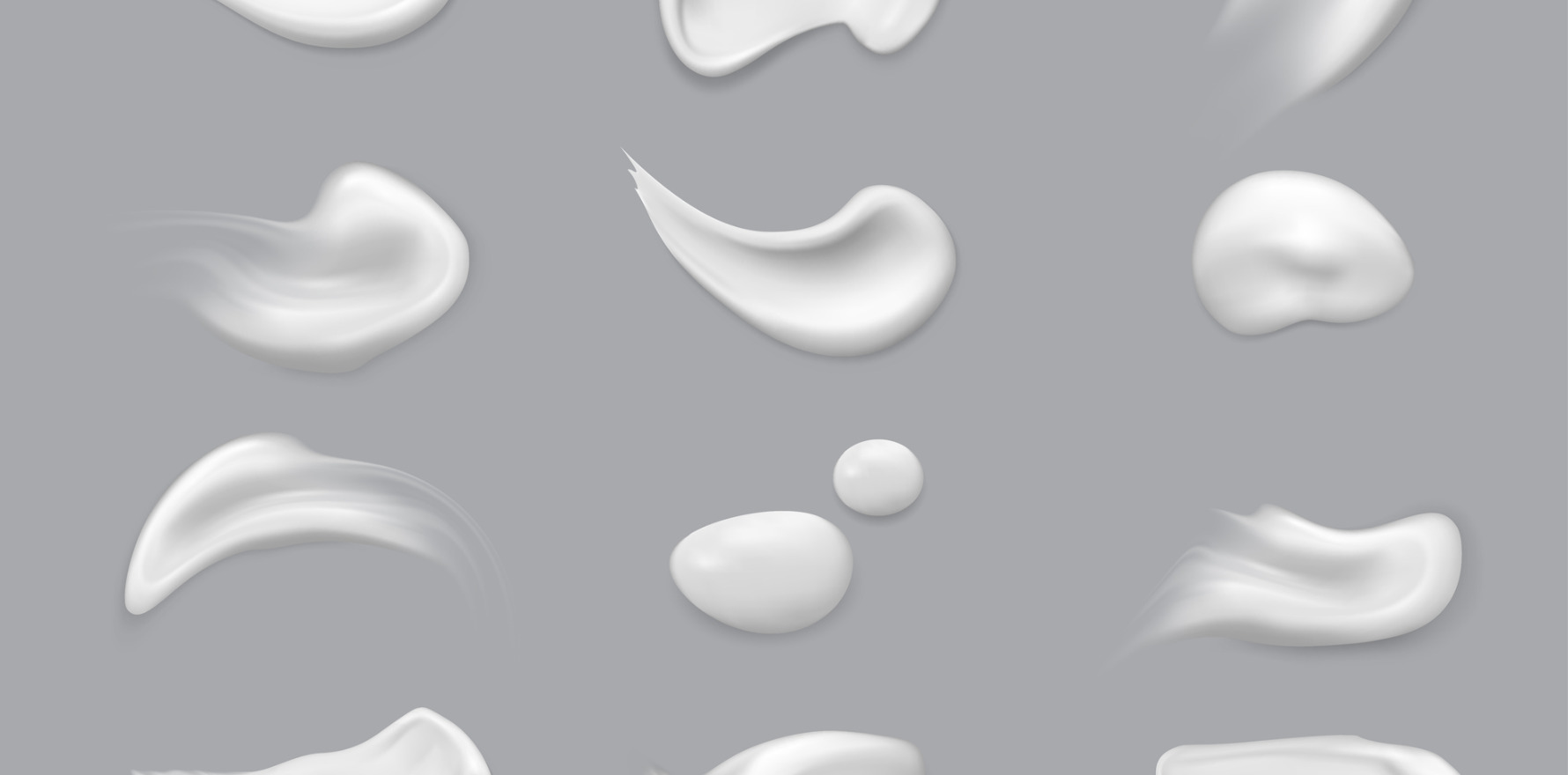11 June 2025
Upadacitinib shows promise for papulopustular rosacea in pilot study

Researchers say the selective JAK1 inhibitor may also benefit patients with coexisting atopic dermatitis.
The selective JAK1 inhibitor upadacitinib may offer an effective new treatment option for papulopustular rosacea, with notable improvements in erythema, skin barrier function and quality of life, a pilot study suggests.
The treatment may also have potential benefit in patients with comorbid atopic dermatitis, the researchers say.
The study, published as a brief report in the Journal of the American Academy of Dermatology, included 12 adult patients with PPR who had not received systemic treatment in the past three months.
Rosacea is a chronic inflammatory dermatosis of the mid-face, with papulopustular rosacea (PPR) being the most common.
“Conventional treatments may have limited efficacy. The JAK–STAT signalling pathway interacts with the toll-like receptors signalling pathway associated with rosacea pathogenesis,” the authors wrote.
“Previous studies have shown that tofacitinib has efficacy in rosacea, however, the highly selective JAK1 inhibitor, upadacitinib, has not been reported in the treatment of rosacea.”
Study participants were treated with 15mg of upadacitinib once daily for 12 weeks, alongside a standardised moisturiser.
Clinical assessments included the Investigator’s Global Assessment (IGA), Clinician’s Erythema Assessment (CEA), multispectral facial imaging, and skin physiology measurements via non-invasive technologies.
At the end of the treatment period, 83.3% of patients achieved near-complete resolution of facial erythema (IGA ≤1) and 91.7% showed an improvement of more than two points on IGA and CEA scores.
Skin barrier function improved, with a 23.5% reduction in transcutaneous water loss and a 46.3% increase in skin hydration, while filaggrin levels in the stratum corneum rose by 66.6% and keratinocyte morphology normalised.
“The Rosacea Quality of Life Index score was used to assess the impact on patients’ quality of life,” the authors wrote.
“At the end of treatment, 10 of the 12 patients (83.33%) showed significant reduction of facial erythema (Investigator’s Global Assessment ≤1), and 11 (91.67%) improved their Investigator’s Global Assessment score by more than two points.”
Notably, among four patients with coexisting atopic dermatitis (AD), both rosacea and AD symptoms improved significantly, suggesting a broader application for JAK1 inhibition in inflammatory skin conditions.
Adverse events were minimal; only one patient experienced transient nausea, which resolved with dose timing adjustment. No participants discontinued treatment due to side effects.
The findings suggest that upadacitinib may represent a viable new therapeutic avenue for PPR, particularly in complex cases with comorbid inflammatory dermatoses. However, the authors caution that the small sample size and short follow-up period warrant further validation in larger, randomized controlled trials.
For clinicians managing patients with treatment-resistant rosacea or overlapping dermatologic conditions, upadacitinib may soon become an important tool pending further evidence and regulatory guidance.
“Our study suggests that upadacitinib is either a potential effective treatment for PPR or a more favourable option for patients with rosacea combined with ad. The small sample size and short follow-up period are limitations of this study,” the authors concluded.




